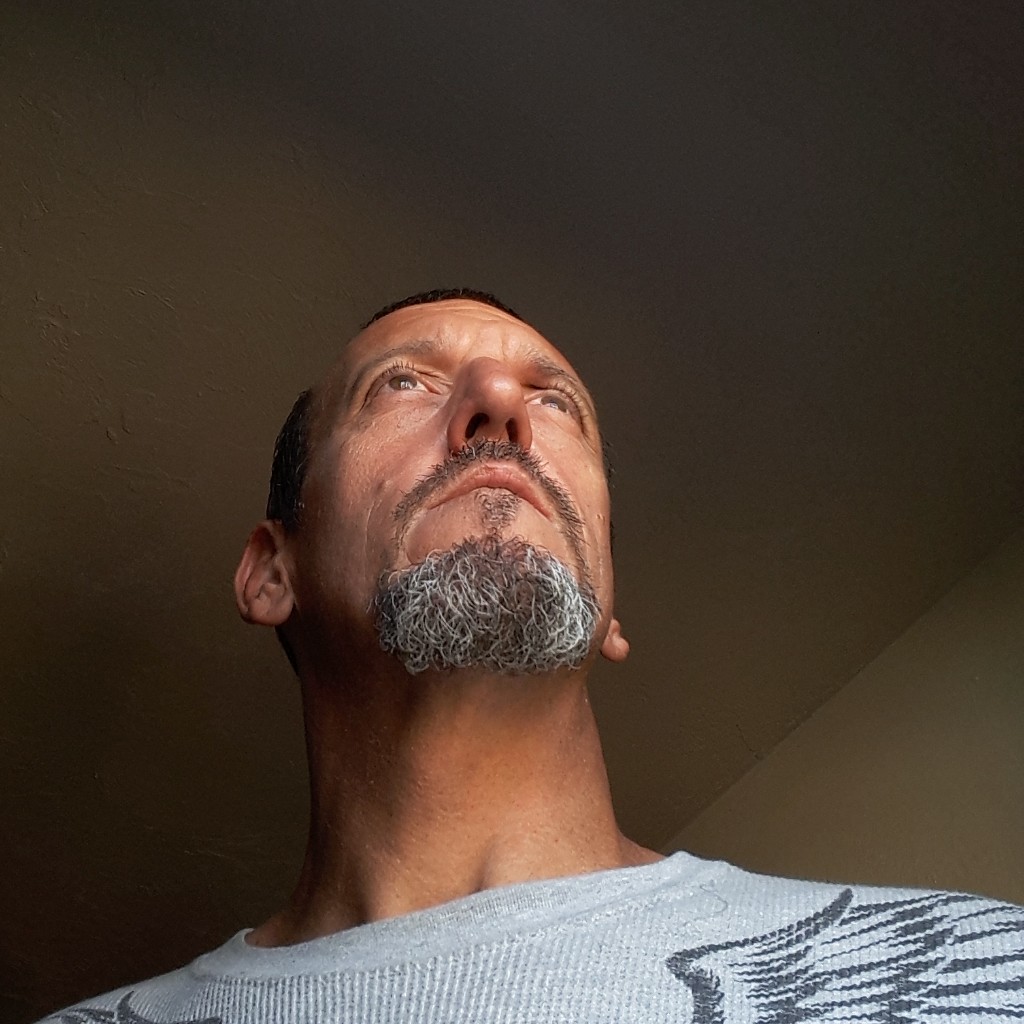The Ultimate Guide to TPO Roofing: Maintenance and Longevity
- clean2preserve

- Aug 14
- 4 min read
Updated: Sep 7
Understanding TPO Roofing
TPO (Thermoplastic Polyolefin) roofing has become a popular choice for both residential and commercial properties due to its durability, energy efficiency, and cost-effectiveness. However, simply choosing a TPO roof isn't enough to guarantee a long-lasting, problem-free installation. The quality of the installation, ongoing maintenance, and an understanding of the system's vulnerabilities are crucial for protecting your investment.
This guide will walk you through the key factors to consider, from the initial installation to the vital role of annual inspections, to help you ensure your TPO roof lives up to its full potential.
Don't Just Trust the Company or Their Reviews—Inspect the Work
When it comes to roofing, not all installations are created equal. Even within a single company, the quality of work can vary significantly. Simply trusting a company's reputation or their positive reviews isn't enough. You need to be an informed owner, paying close attention to the details of the job.
The truth is, many people—including some professionals—lack a deep understanding of TPO systems. This knowledge gap is particularly apparent when it comes to inspections. I've personally seen numerous instances where inspectors have certified a TPO roof only for us to find significant issues later. During installations, I've had conversations with inspectors who were basically asking us how the roof should be done. We've also had inspectors mistakenly tell us our work was wrong, only for us to show them that based on the plans, what we were doing was perfectly correct.
For example, I once had an inspector get upset during an in-progress inspection, claiming the drip edge wasn't screwed down every six inches as required by code. We had to explain that the roof wasn't finished yet. The termination bar, which would be installed later over the drip edge, would be secured every six inches, bringing the entire installation into compliance. The ignorance about the TPO system, its components, and the proper installation process is widespread. As an owner, you have a responsibility to be aware of this and ensure your contractor is truly an expert.
Understanding the Anatomy of a TPO Roof
First of all, all TPO membranes are not created equal. There are inferior cheap products out there that look like the good ones but won't last. TPO by Mulehide and Carlisle are our favorites and have been shown to last the longest.
When a TPO roof is installed correctly, it essentially becomes one single, monolithic piece of material from edge to edge. This seamless design is what makes it so effective at preventing water intrusion. However, a TPO roof's strength is only as good as its weakest point. The most common problem areas to look for are:
Seams: The places where two pieces of TPO membrane are joined together. These must be perfectly heat-welded to create a watertight seal.
Protrusions: Vents, skylights, solar tubes, and other elements that pass through the roof membrane. These areas are vulnerable points if not properly sealed with flashing and boot covers and pitch pots.

Manufacturer Defects
Though rare, a membrane may have a defect.
Punctures and Damage: Holes from dropped tools, sharp debris, or other accidents during and after installation.
Commercial properties tend to have more areas for concern. Parapet walls, intersections of multiple seams, and the sheer amount of equipment on the roof—including air conditioners, fans, grease vents, cabling, and pipes—all present areas of vulnerability. Last but not least, drains and scuppers, which are critical for water drainage, are also common points of failure if not installed and sealed correctly. Every single one of these "discrepancies" is a potential leak waiting to happen if not addressed.

The Role of Annual Inspections and Maintenance
Even a perfectly installed TPO roof can develop problems over time. That's why annual inspections and maintenance are non-negotiable.
During an annual inspection, a professional should:
Inspect all seams and protrusions: Every seam, vent, solar tube, and skylight should be probed and checked for any openings or signs of a compromised seal.
Check the field: The main surface area of the roof, or "the field," should be checked for punctures, tears, and rips caused by flying debris, workers, or even animals and insects (though these are rare, we've seen both cause harm to roofs).
Address the edge: The perimeter of a TPO roof is its anchor. If the edge isn't tight, wind can penetrate during high storms, causing the roof to "balloon" upwards. This violent vibration can shake the perimeter loose, tear out clips, and essentially tear the roof off. The tighter the roof edge is to the home or building, the better.
Remove organics and oxidation: Both are silent killers of a TPO roof's lifespan, slowly degrading the membrane and reducing its effectiveness. Regular cleaning and maintenance can significantly extend the life of your roof.

Conclusion: Protecting Your Investment
Ultimately, the longevity of your TPO roof is in your hands. By being an informed owner, carefully vetting your contractor, and committing to annual inspections and maintenance, you can protect your investment and ensure your roof provides reliable protection for years to come. People claim that TPO is a 25 to 30 year roof. A lot of companies give a "Lifetime" warranty dependent upon proper maintenance knowing this. Reality is TPO done correctly and maintained properly is a 40 to 50 year roof with the best products used. When left and neglected, it can need replacing in 20 or less. Take care of your roof, and it will take care of you!
Written by Chris Mineo
TPO expert at Clean 2 Preserve LLC




Comments